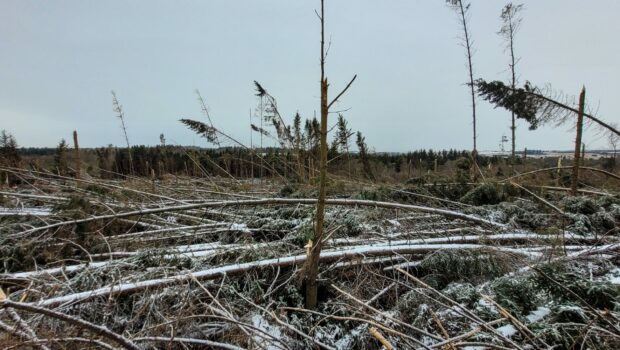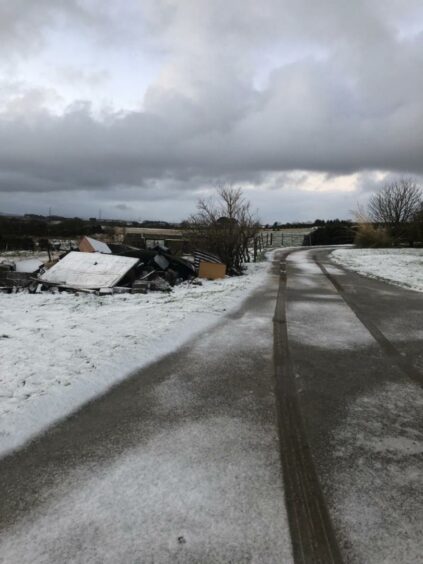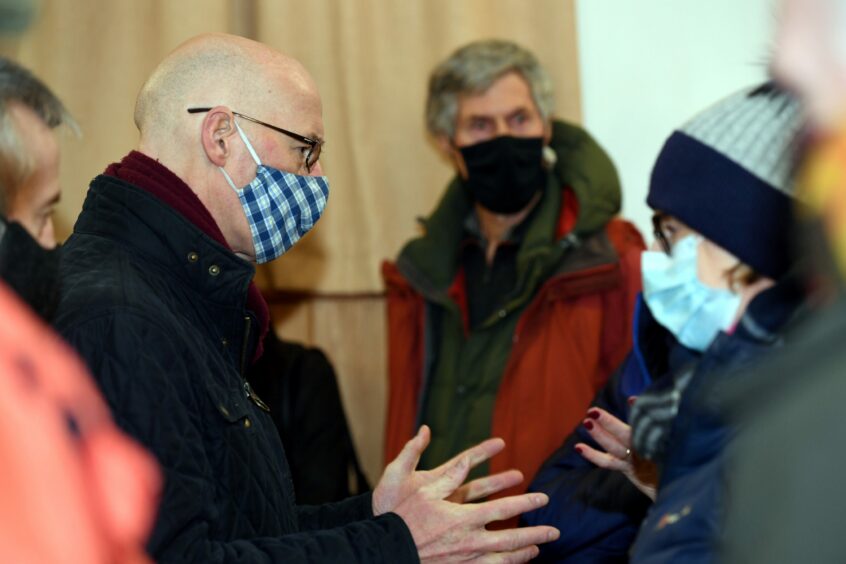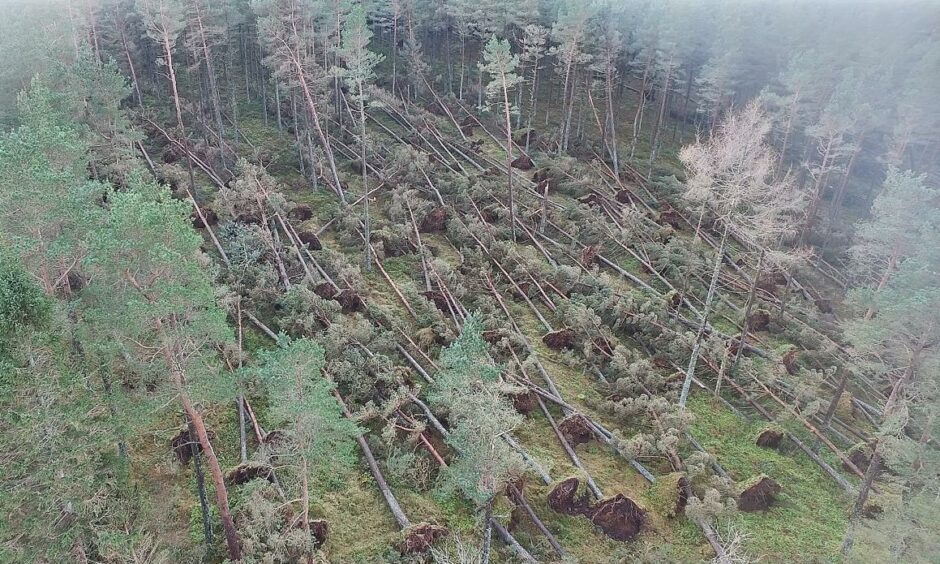For one day Storm Arwen brought winds peaking at more than 100mph across the north-east.
The devastation wrought by the extreme weather cut power to 135,000 homes across the north with some waiting seven days to be reconnected.
One month on and the impact from Storm Arwen can still be seen with countless trees that had stood for generations left strewn on roadsides and in fields after being downed in one night.
The clear-up operation is expected to take years as new trees are grown to take the place of those lost from woodland.
So, one month on from Storm Arwen, where is the impact still being felt and what have we learned?
‘We can’t let it happen again’
Rural residents were forced to endure freezing temperatures amid weather warnings for ice during power cuts.
Power firm SSEN described the storm as one of the worst in living memory with two years’ worth of faults reported in just 12 hours – with engineers continuing to check for damage even after electricity had been restored.
Forestry and Land Scotland described the damage to forests from the storm as a “shot across the boughs” of what might happen in years to come.
Carolyn Maniukiewicz, who lives near Fyvie and was seven days without power, fears some power lines and trees may have been weakened to the point they could cause an issue in future.
She said: “There is no blame for the men who had to go up the poles to fix everything, 10 out of 10 to them, but has everything been repaired?
“The weather has been relatively good since the storm but I haven’t seen anyone from SSEN out here since the storm.
“Does that mean we’re prepared for future storms? I don’t think so. There were trees down everywhere.”
Need for better communication
Mrs Maniukiewicz also called for better communication between agencies following future extreme weather – explaining her 96-year-old mother-in-law had not received any calls from services to ensure she was coping without power.
She said: “I think there needs to be a central database so vulnerable people can be identified in situations like that. We can’t let it happen like that again.”
Deputy First Minister John Swinney accepted arrangements needed to “evolve and strengthen” following the experiences of some after Storm Arwen.
Audrey Stewart, who lives near Kintore and was without power for six days, believes support could have been better sign-posted.
She said: “We were getting these text messages saying it would be 12 hours until our power came back on, which usually didn’t happen. We even got one saying our power had come back on when it hadn’t so I called them to make sure they knew.
“Those text messages would have been better used telling us where we could get hot food.
“There was no communication with people who needed it, and a lack of coordination from the people who were providing help.”
Clear up to take years
Forests across the north-east were devastated by the strong winds that swept across the region.
One road near Insch is expected to be closed for six months due to the impact from the storm.
Haddo House and Country Park near Ellon remains closed following the storm with hopes some parts of the estate can welcome back visitors again in January.
Supporters have pledged more than £7,500 to help cover the cost of repairing the damage, which is expected to take years to complete.
Forest adaptation has to be a focus for the sector in the coming years if damage from storms like Arwen is to be minimised.https://t.co/JnBb2eWWfQ pic.twitter.com/EFEe63ycYD
— Forestry and Land Scotland (@ForestryLS) December 27, 2021
Forestry and Land Scotland says it is already working to help forests better withstand extreme weather.
Projects include a greater mix of species at different heights to dissipate wind while wetter soil combining with the strong wind of Storm Arwen was believed to have made larger forests vulnerable.
Chief executive Simon Hodgson said: “Although we will be dealing with the impact of November’s storm for months, and even years, to come, it is a timely reminder that we are right to pursue forest adaptation.”



